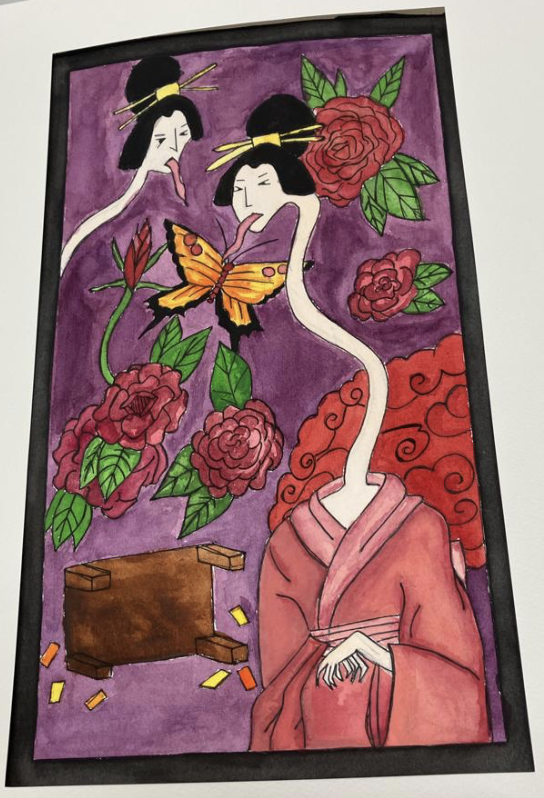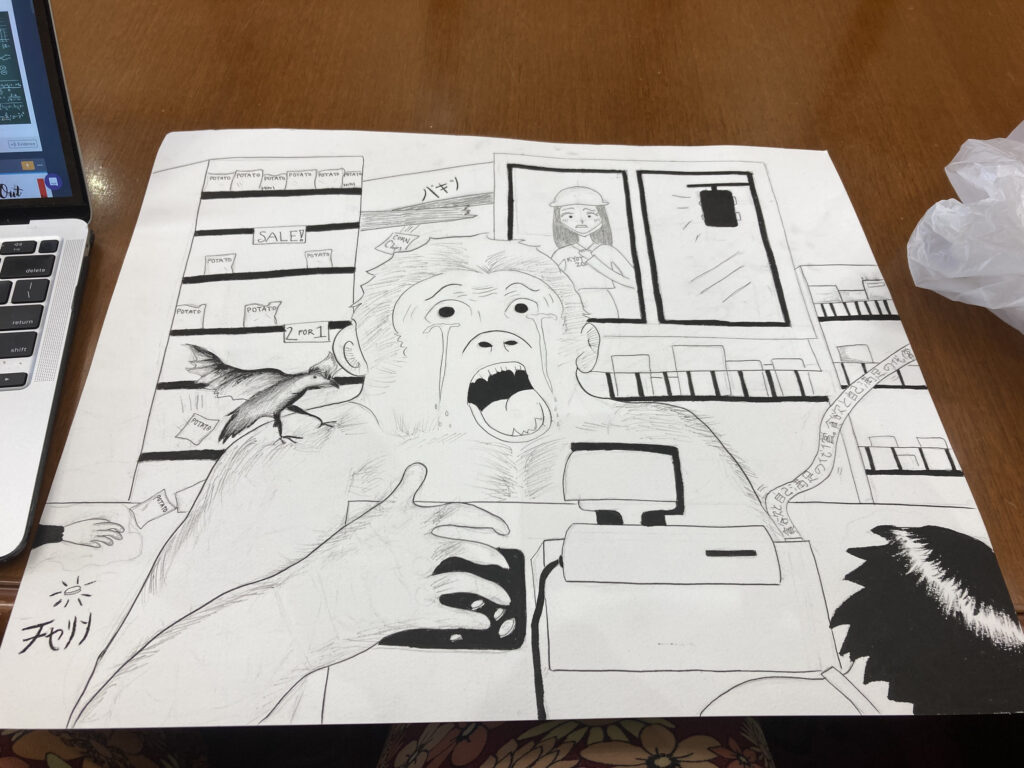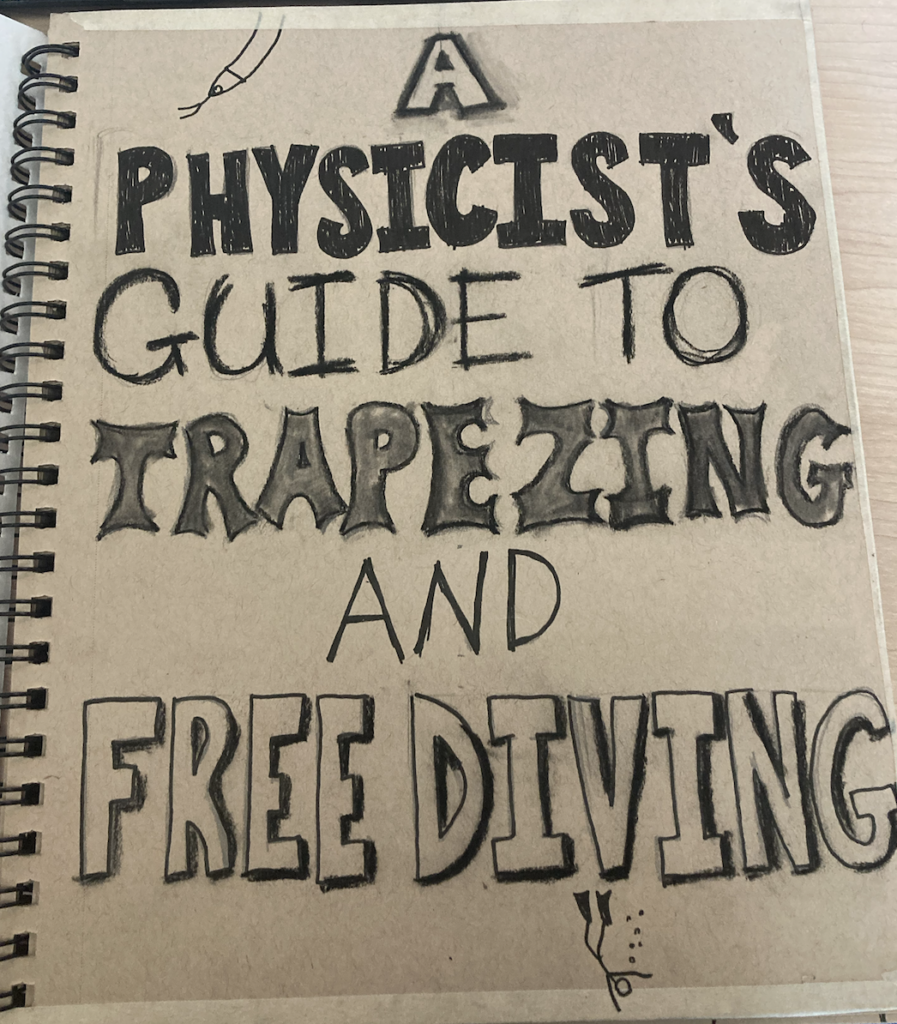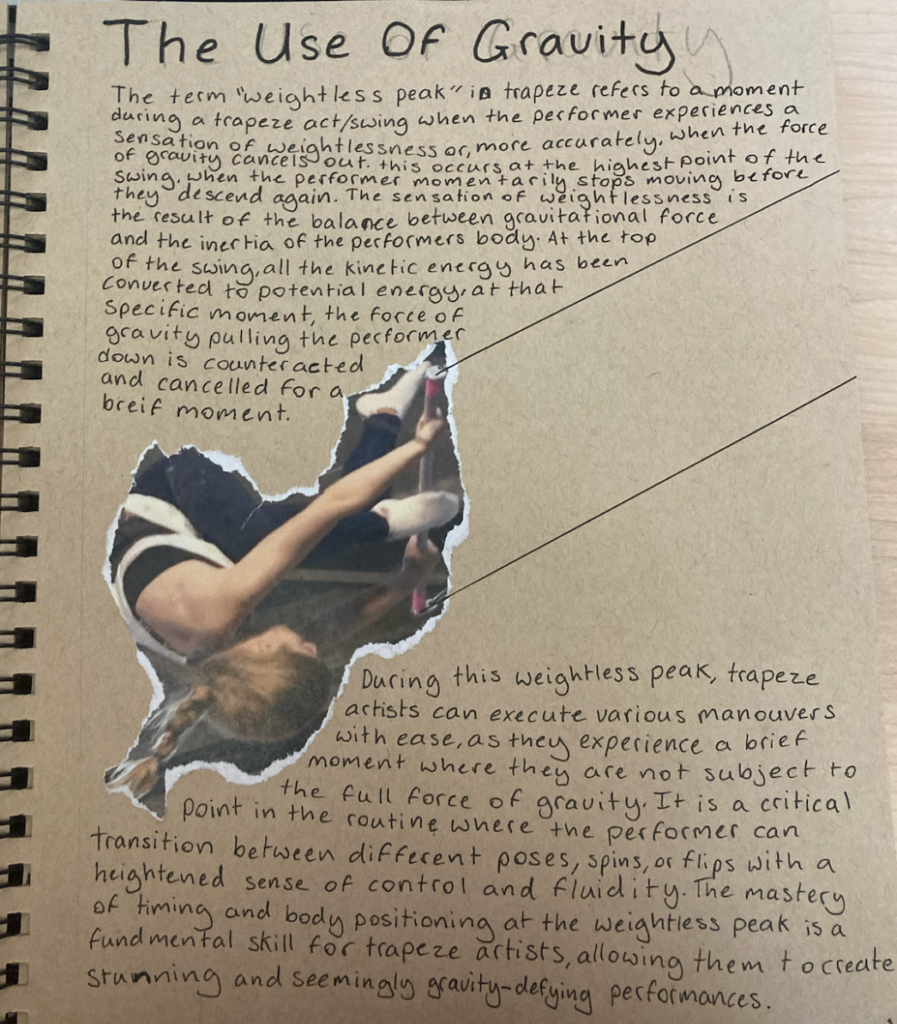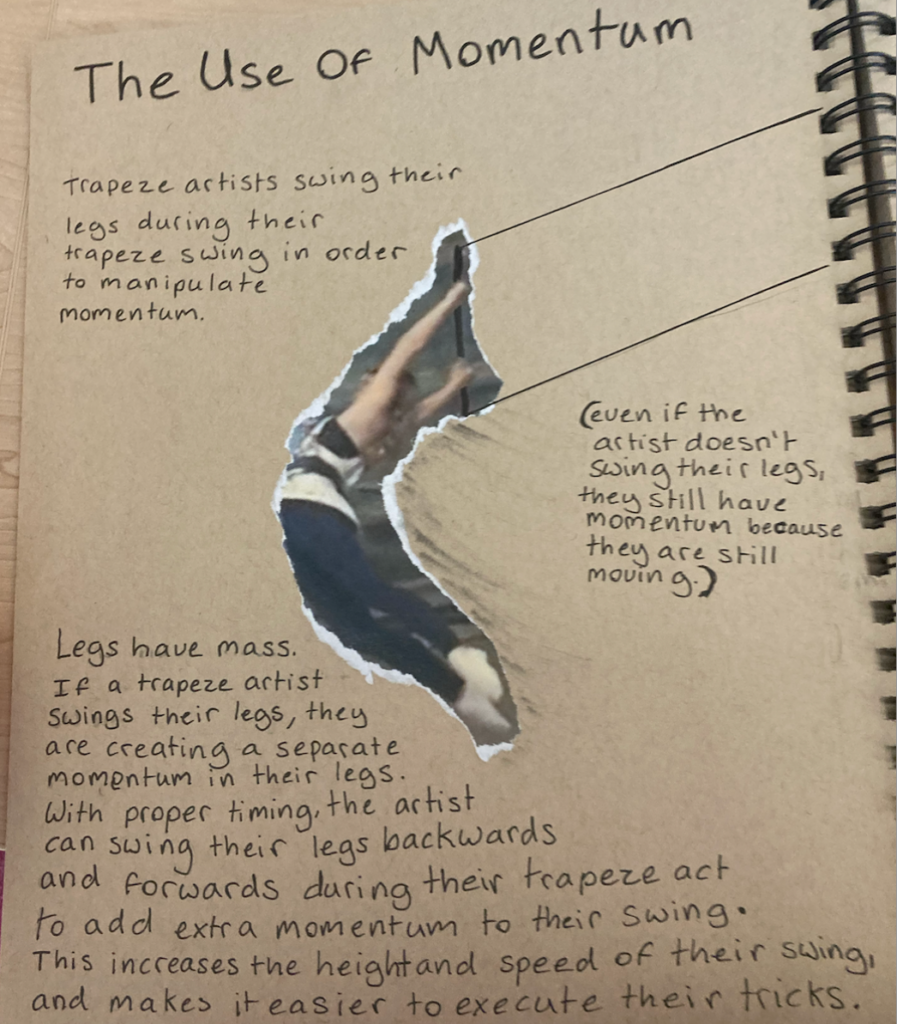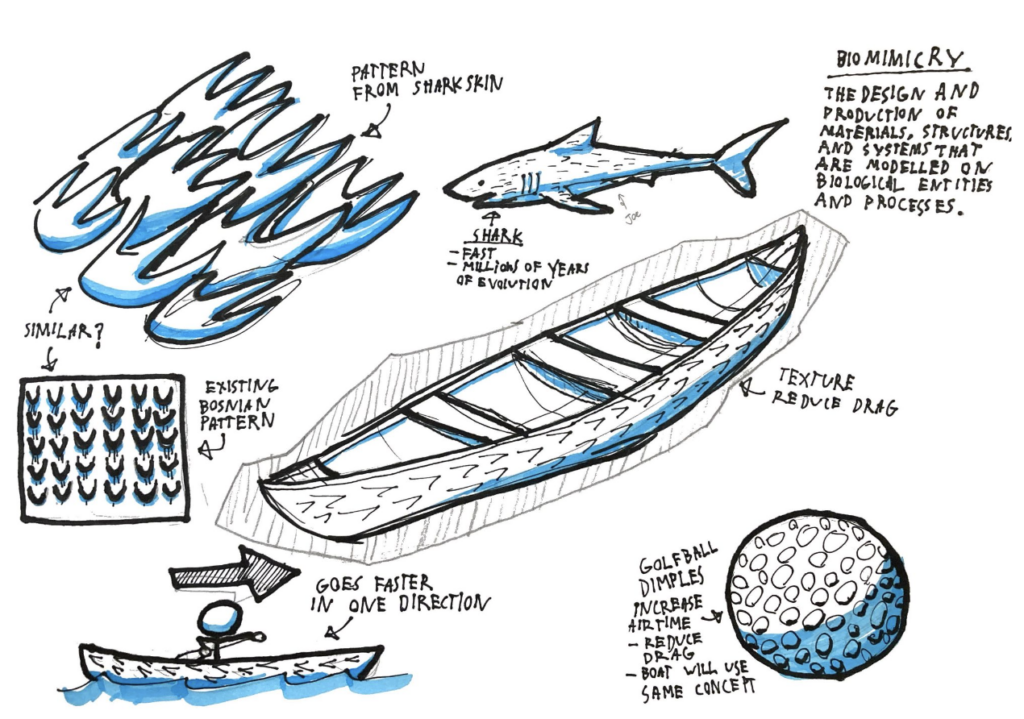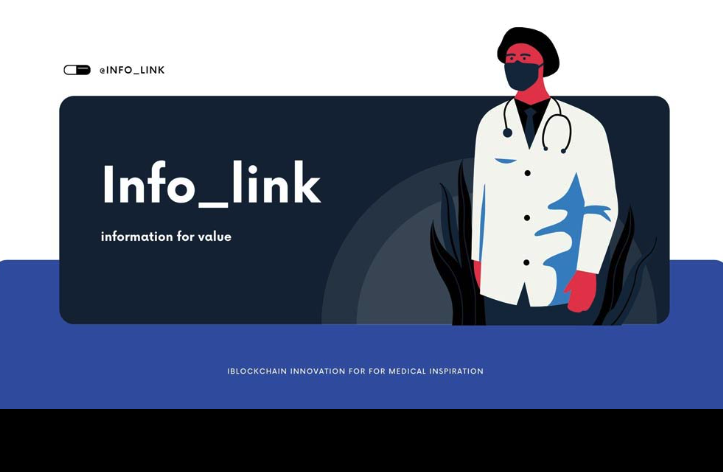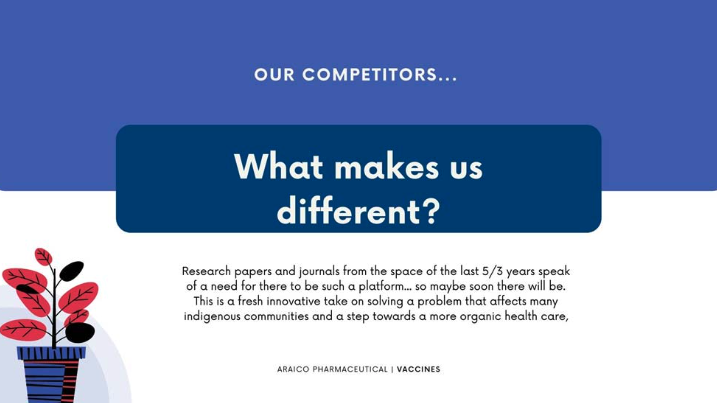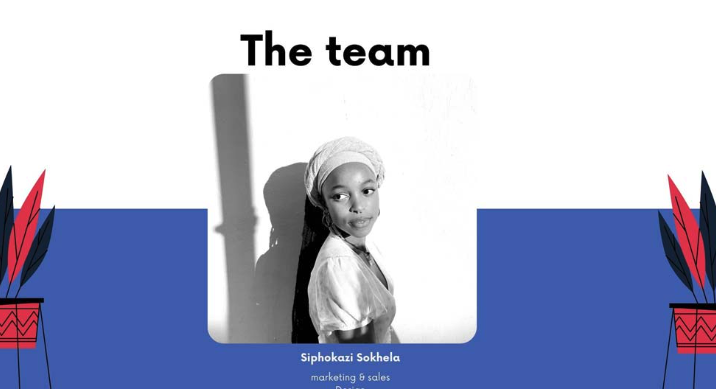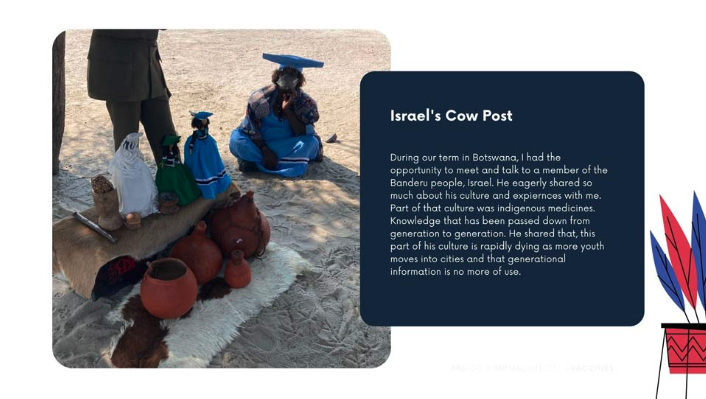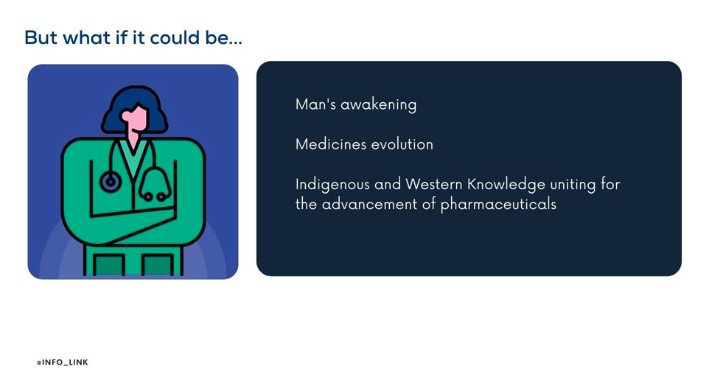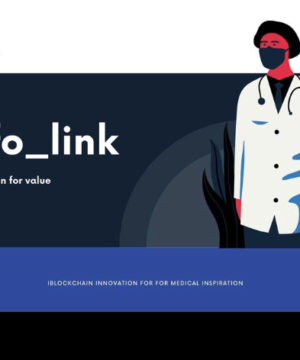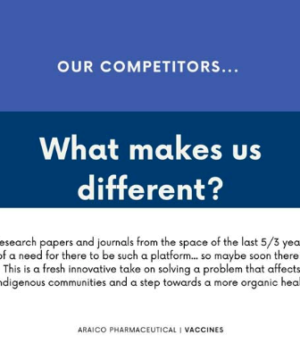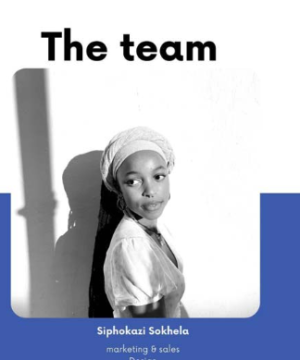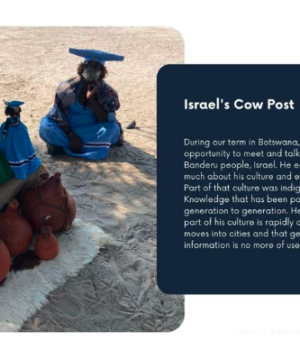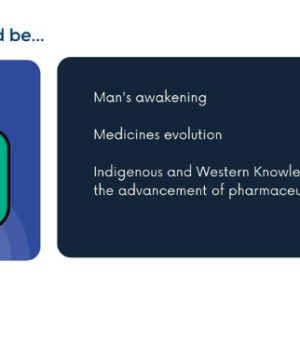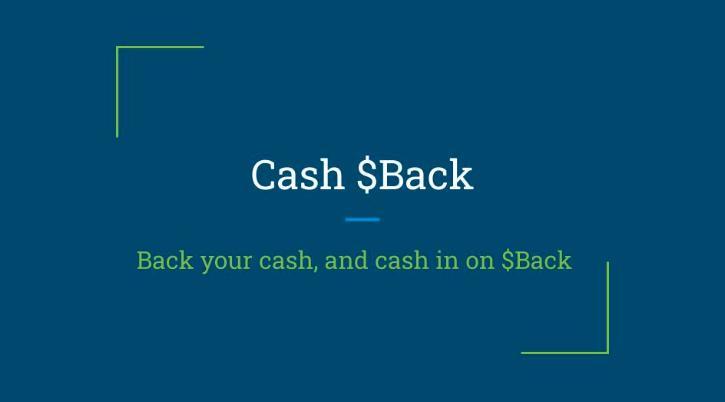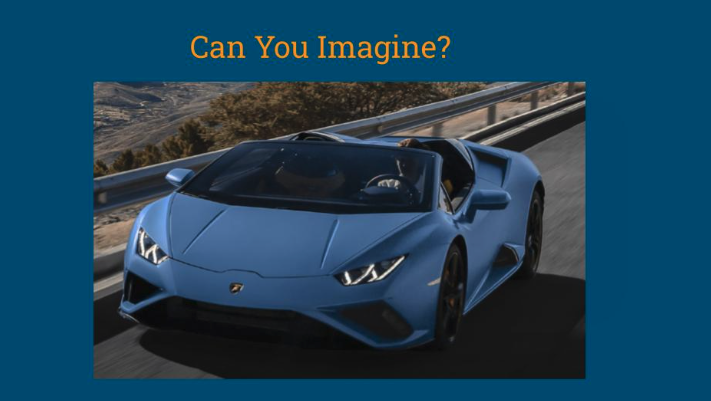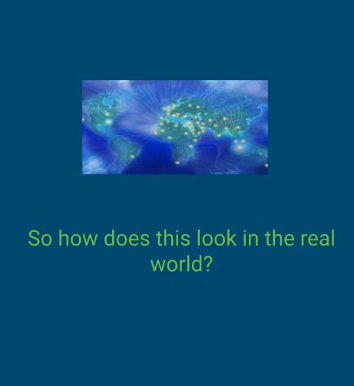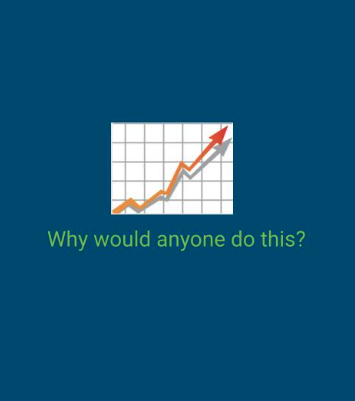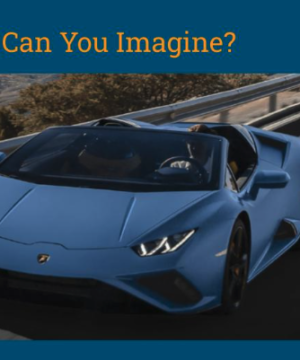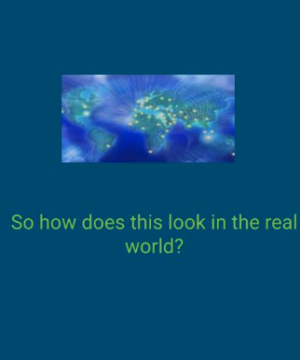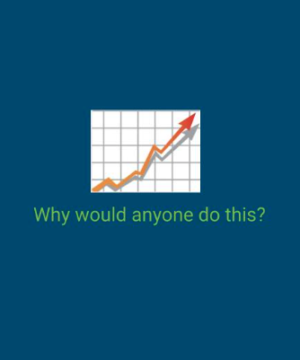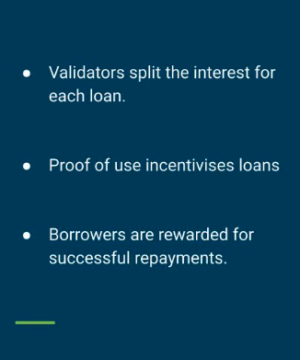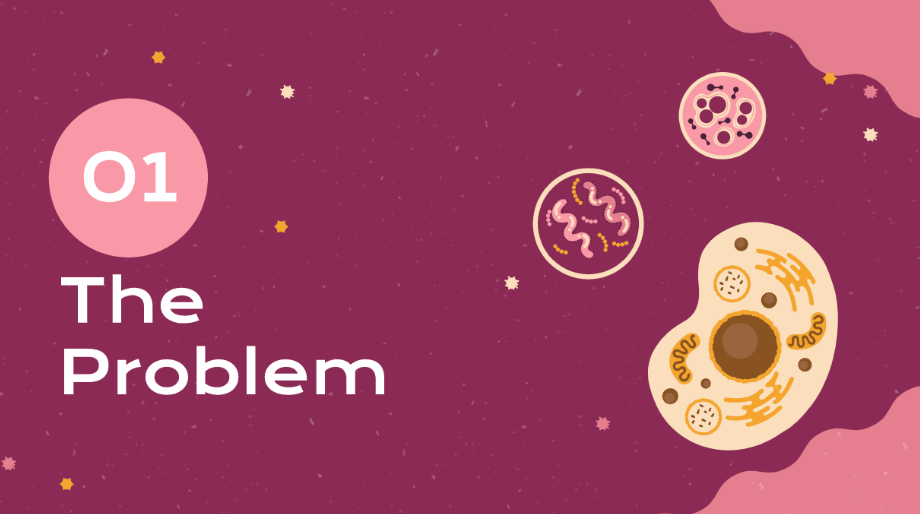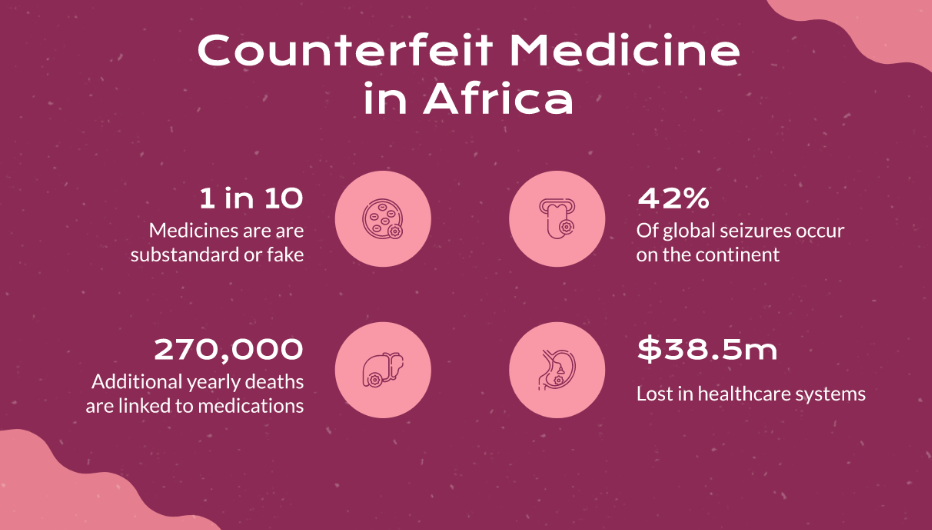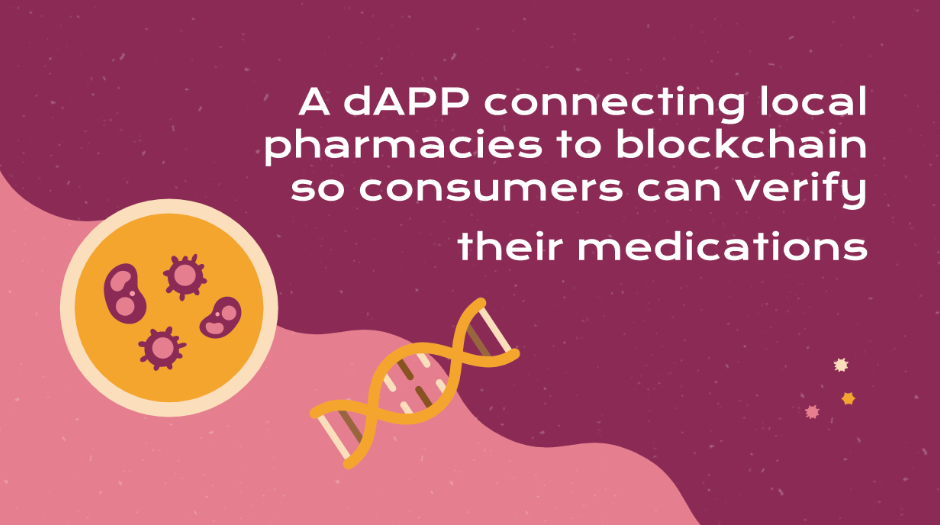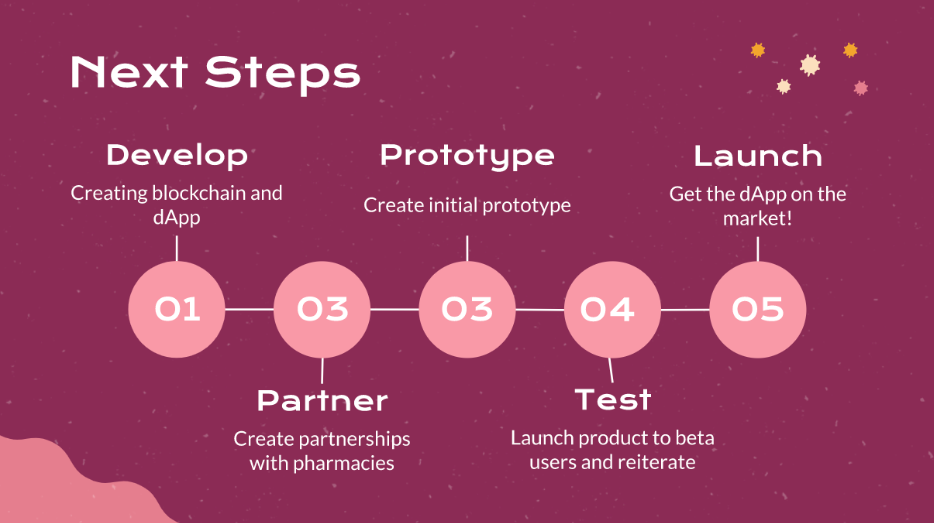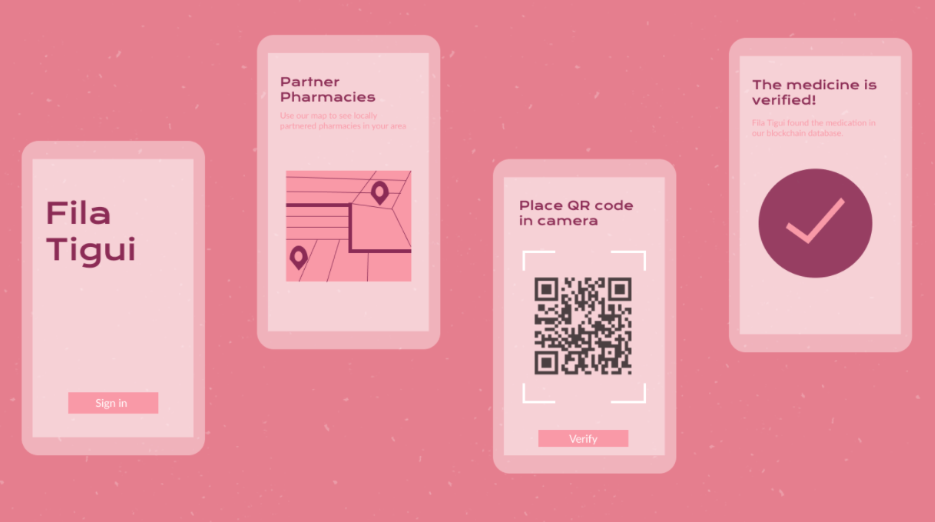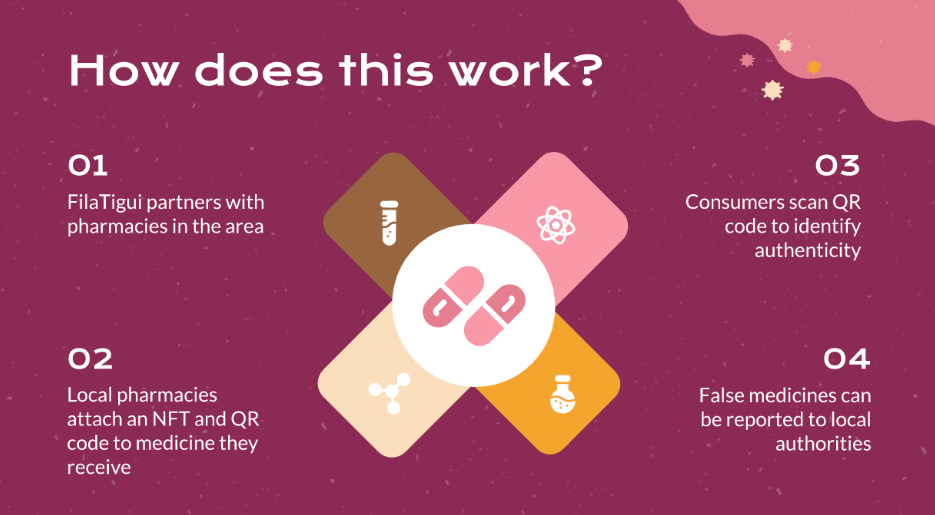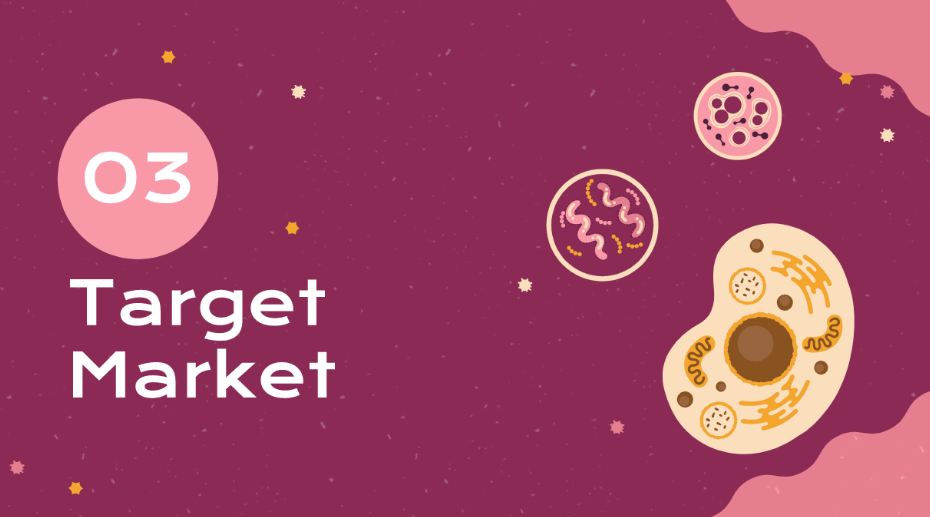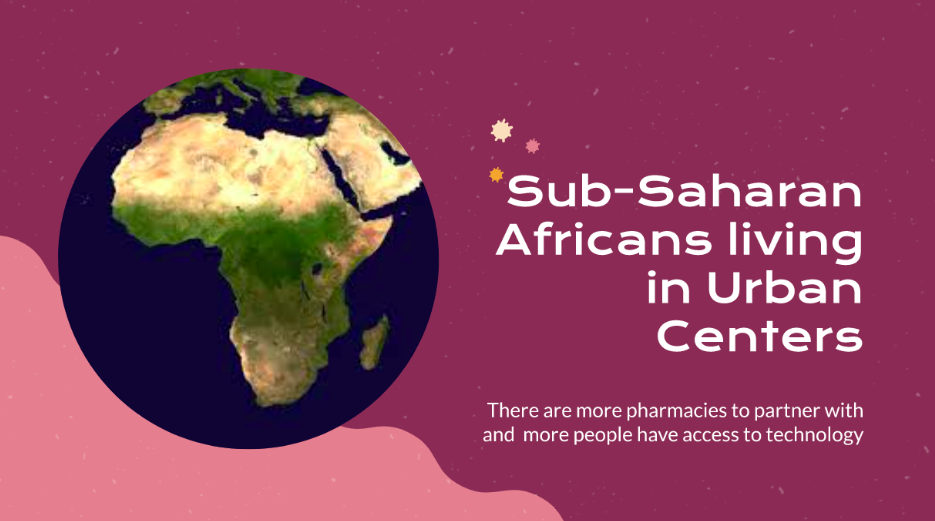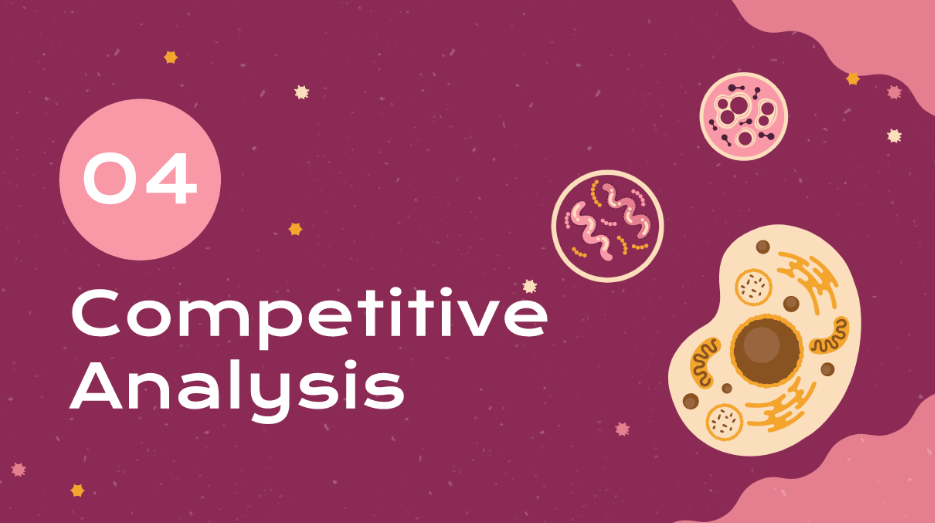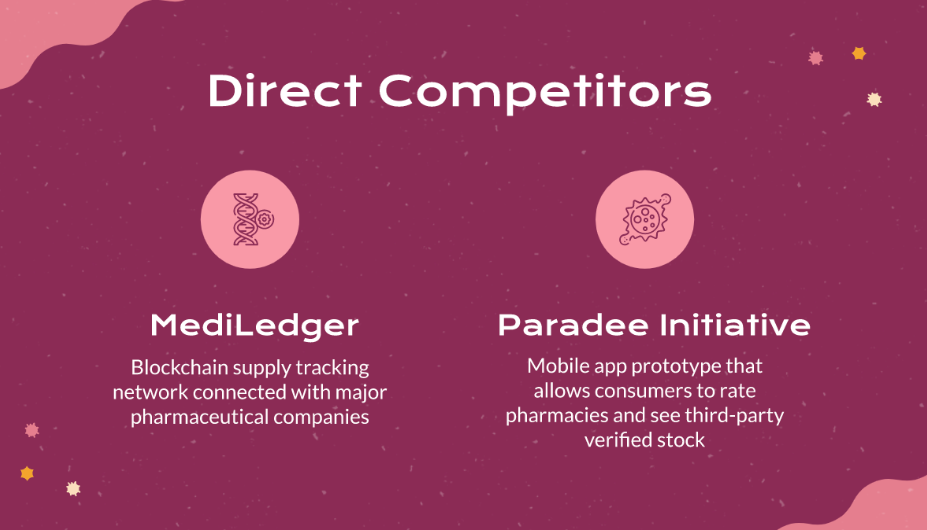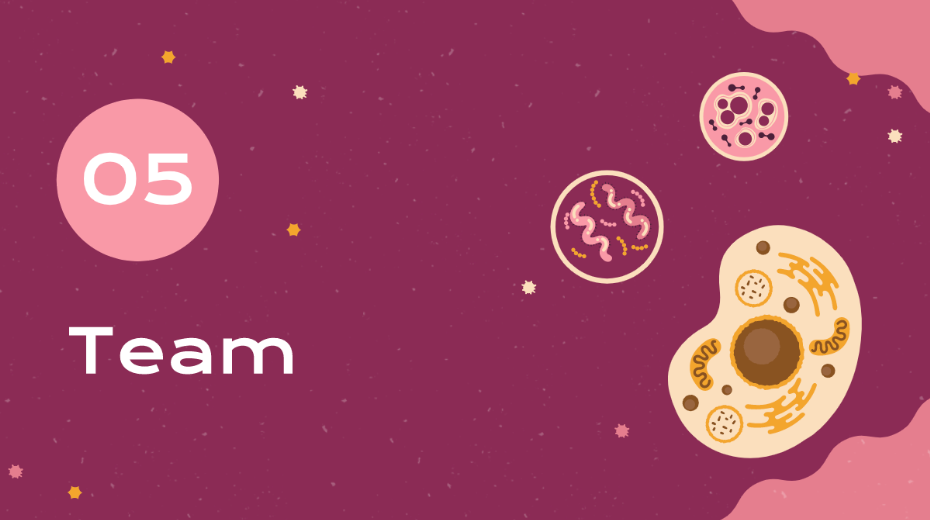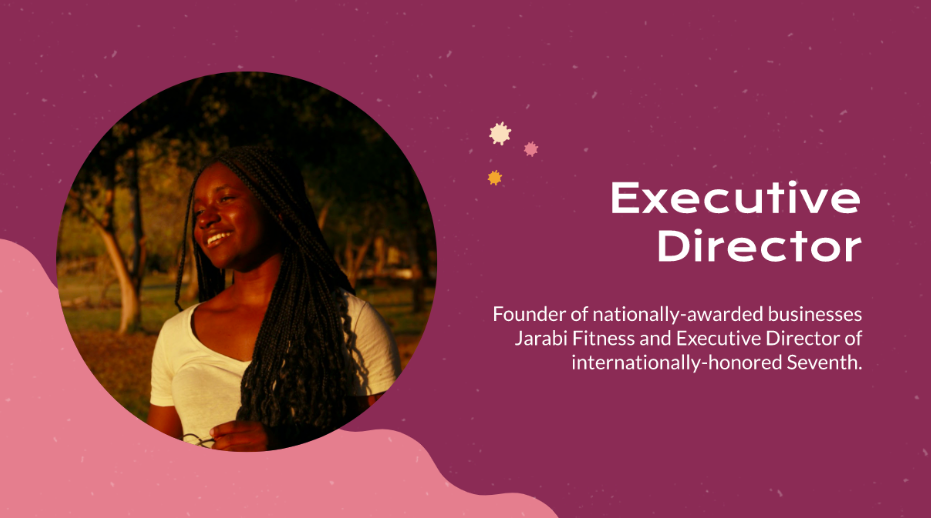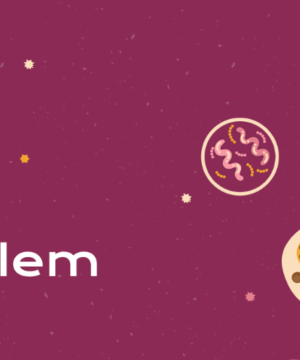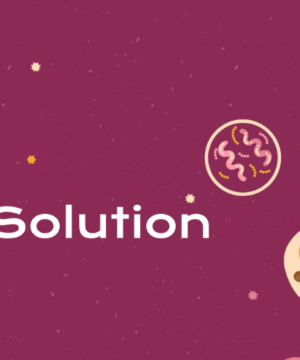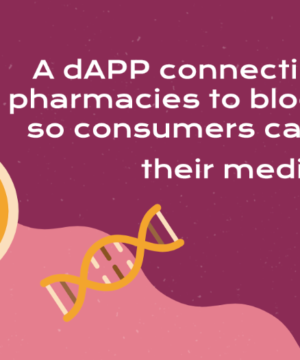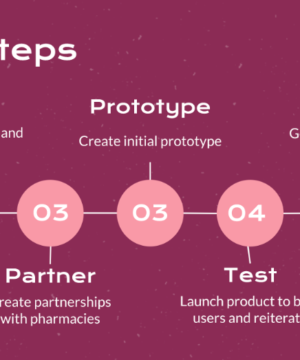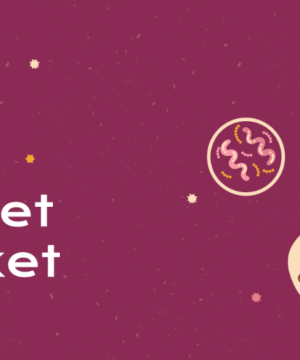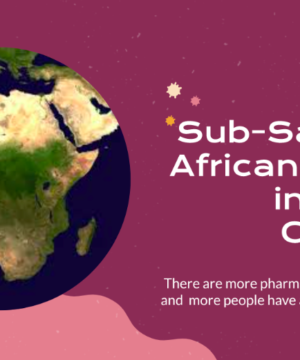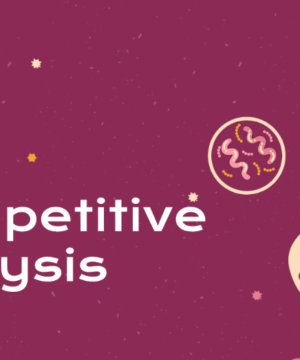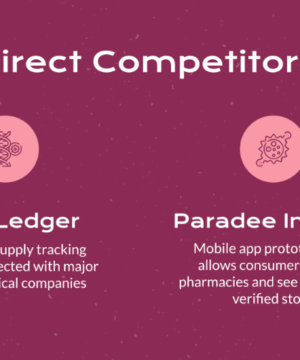Driving Question:
How might I refurbish a van to a standard at which I can comfortably travel, live, and thrive in ?
Project Summary:
Sally, a grade 12 student from the UK, has always had a passion for adventure and the outdoors. Whether playing rugby, helping in the garden, or camping, she was often found outside, regardless of the weather. This love for nature inspired her mastery project: transforming a cargo van into a tiny home on wheels, aptly named “Vroom Room.”
The project began with Sally purchasing a 2016 Renault Kangoo van, which she named Reggie. The process was lengthy, involving careful consideration of mileage, age, and build size. Once she had the van, Sally embarked on learning interior design, focusing on color schemes and creating electrical systems, particularly solar-powered ones. She developed a 3D model using an analogous color scheme with yellows, greens, and oranges.



Sally faced significant challenges, especially with the electrical system. Despite seeking help from friends experienced in robotics, she had to experiment repeatedly before successfully creating a dual system powered by solar energy and the van’s starter battery. This system now supports a fridge, USB ports, spotlights, and a water pump.
The construction phase involved measuring, cutting, insulating, and wiring the van. Sally encountered multiple obstacles, such as ensuring the wiring wouldn’t break from the van’s vibrations and addressing condensation issues to prevent mold. Time constraints also pressured her, but with the help of an external mentor specializing in furniture design, she completed the interior furnishings swiftly.
With the assistance of another mentor in renewable engineering, Sally learned wiring, soldering, and connecting systems. After overcoming numerous hurdles, she successfully transformed the bare cargo van into a functional tiny home. The finished van includes a bed, foldable tables, flowing water, and fully operational electrics.


